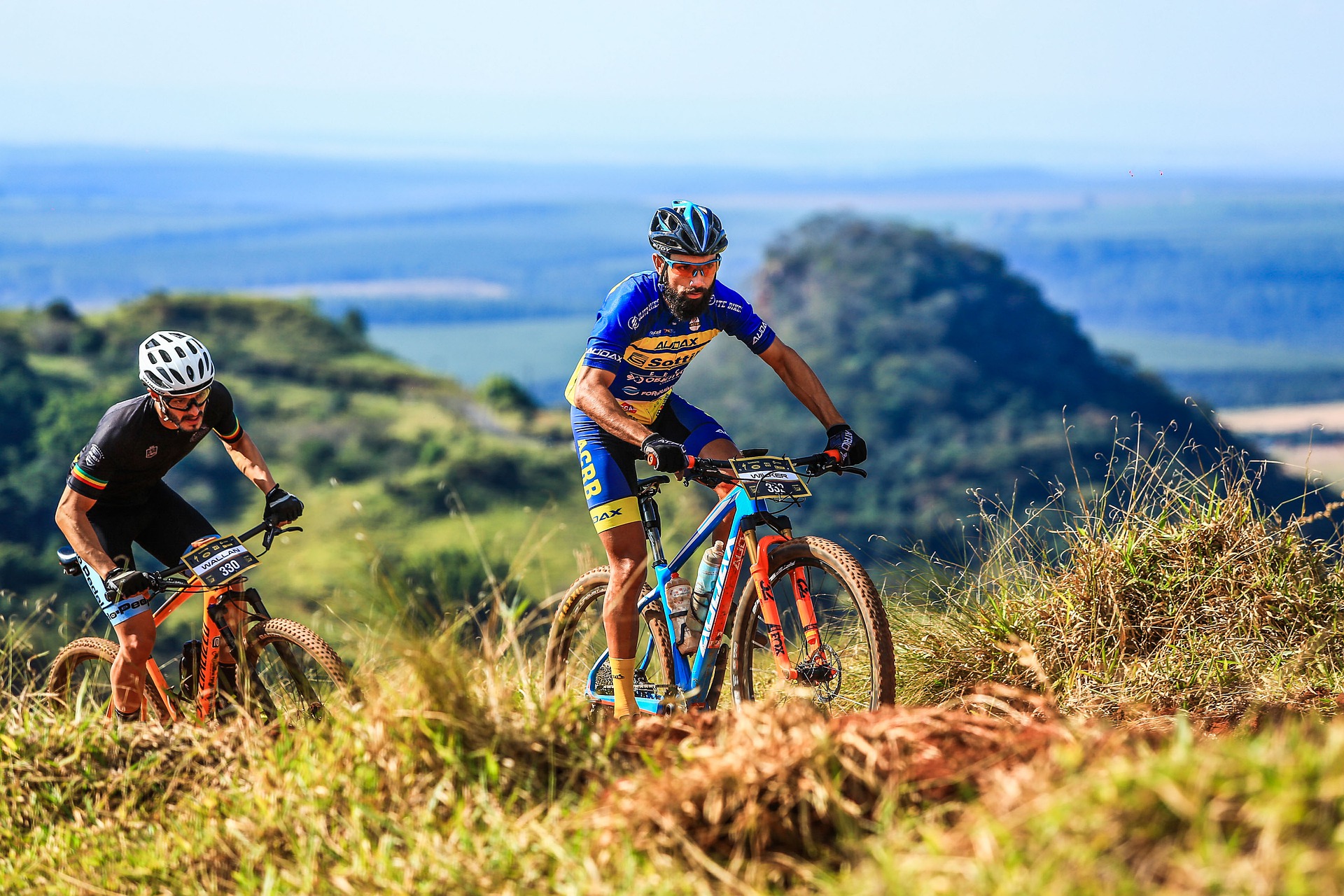Biking Trails: Types, Safety, and Trail Selection
Biking trails offer a wide range of experiences, from smooth paved greenways to technical singletrack through forests and mountains. Understanding trail types, surface conditions, difficulty ratings, and basic safety helps riders of all levels choose routes that match their skills and equipment. This guide covers practical tips for finding trails, preparing a bicycle, respecting other users, and selecting mountain routes with safety and enjoyment in mind.

What to know about biking trails
Biking trails vary by surface, width, and intended use. Paved trails and multi-use paths are common for commuting and casual rides, while dirt fire roads and singletrack trails are typical for off-road cycling. Trail signage may include distance, elevation, and surface notes; many parks also list permitted activities. When choosing a trail, consider ride length, total elevation gain, and expected terrain. Look for recent trail condition reports or local services in your area for updates on closures, maintenance, or seasonal hazards like mud and fallen trees.
How cycling trail difficulty is rated
Difficulty systems differ between regions and organizations, but common elements include distance, technical features, and elevation change. Beginner routes tend to be wider, smoother, and flatter; intermediate routes introduce steeper climbs, tighter turns, rocks, roots, and narrower singletrack; advanced trails add technical drops, exposed sections, and sustained steep grades. Some areas use color codes or numeric scales; reading local trail guides or online trail descriptions can clarify what to expect. Match your fitness and bike handling skills to the trail rating and plan conservative objectives for your first outings on unfamiliar terrain.
Choosing a mountain trail safely
Mountain trails demand attention to line choice, braking, body position, and pacing. Before attempting a technical descent, walk tricky sections to assess obstacles and plan a line. Lower tire pressure slightly for better traction on loose surfaces, but keep sufficient pressure to avoid pinch flats. Use progressive braking—modulate both brakes to avoid skidding—and shift your weight back on steep descents while keeping your center of gravity low. Carry a basic repair kit, know how to change a tube, and ride within your limits. If the trail requires advanced skills, consider practicing on easier terrain or taking a skills clinic offered by local services.
Trail etiquette for bicycle riders
Respecting other trail users helps keep multi-use routes safe and enjoyable. Common etiquette includes yielding rules—slow down and communicate when passing hikers, equestrians, and slower riders; many communities recommend yielding to uphill riders on narrow singletrack, though local norms can vary. Announce your presence clearly and early, pass with space, and avoid stopping in the middle of the trail. Minimize your impact by staying on designated paths to prevent erosion, obeying signage about permitted uses, and avoiding muddy trails when they are soft to reduce rutting. Leave no trace by packing out trash and reporting hazards to land managers.
Planning trips and maintaining your bicycle
Effective trip planning reduces surprises. Check trail maps, elevation profiles, recent condition reports, and weather forecasts. Inform someone of your route and expected return, especially on remote mountain trails. Pack essentials: helmet, spare tube or patch kit, pump or CO2, multi-tool, water, snacks, and a lightweight first-aid item. Regular bicycle maintenance—inspecting brakes, chain, tires, and suspension before rides—prevents mechanical issues. Clean and lubricate the chain per manufacturer recommendations, check tire tread and pressure, and ensure bolts are torqued appropriately. For longer or more remote rides, consider carrying a compact shelter or emergency blanket.
Conclusion
Biking trails are diverse assets that support commuting, fitness, recreation, and adventure riding. Choosing the right trail depends on matching terrain and difficulty to your skillset, preparing the bicycle and gear appropriately, and following common-sense safety and etiquette guidelines. By planning ahead, maintaining basic mechanical skills, and respecting other users and the environment, riders can enjoy trail time with reduced risk and greater confidence.






